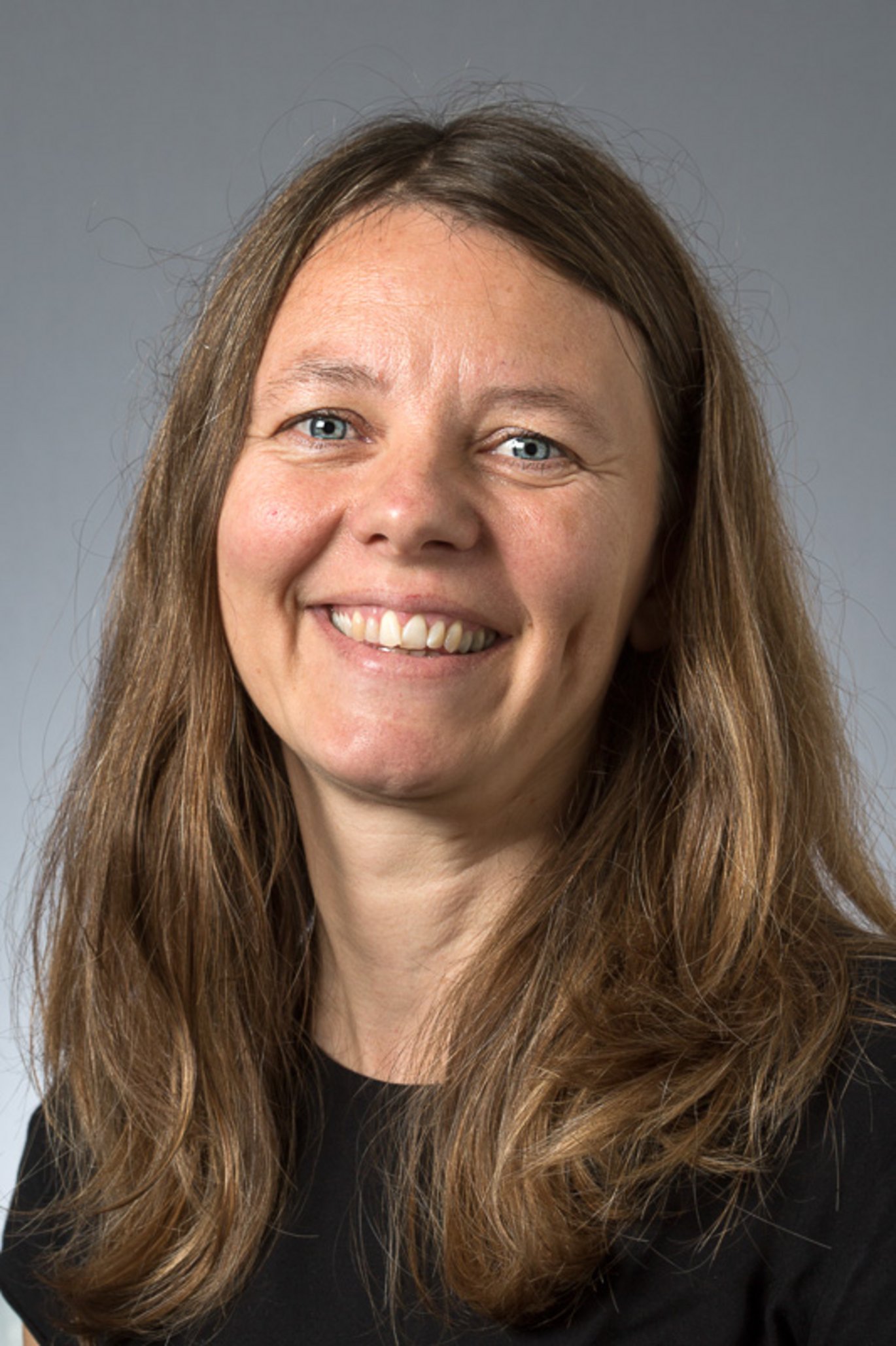Study reveals major under-diagnosis of widespread women’s disease
Endometriosis affects one in ten women of childbearing age, but fewer than two per cent receive a diagnosis in Denmark according to a major research project at Aarhus University.

It has been estimated that up to ten per cent of all women of childbearing age suffer from endometriosis – a disease that causes severe pain in the lower body, impaired fertility and often fatigue. The disease requires medical treatment or surgery.
However, the vast majority of women with the disease never get a diagnosis, and the chances of being diagnosed and receiving treatment depend on where in Denmark you live.
This is the conclusion of a major research project at Aarhus University that has examined ways to improve the diagnosis of endometriosis in Denmark to ensure timely treatment.
"The results show that there was an increase in the frequency of diagnosed endometriosis in Denmark between 1990 and 2017. However, the study also shows that there are clear regional differences. This probably means that, in some areas of Denmark, many women may be suffering from the disease without a diagnosis, and therefore they are not getting the necessary treatment," says Dorte Rytter, who is an associate professor in epidemiology at Aarhus University.
Living with symptoms for many years
Even though there has been a large increase in the number of diagnoses of the disease – 46.8 per cent from 1990 to 2017 – fewer than two per cent of women of childbearing age are diagnosed.
Absence of a diagnosis for the remaining women can have severe consequences and lead to worsening of the disease, explains Dorte Rytter.
"Endometriosis is a highly under-diagnosed disease, and many women live with symptoms for many years before they get a diagnosis. The symptoms can be severely debilitating for some women, and may lead to severely reduced quality of life and work capacity."
An international study in 2011 showed that women with endometriosis lose an average of 11 hours productivity in a working week. This means the disease also has far-reaching personal and socio-economic consequences.
Major regional differences
The significant increase in the number of diagnoses over the past two decades has taken place following the establishment of a patient association and a number of specialised clinics for women with endometriosis around the turn of the millennium.
However, the increase is far from evenly distributed across Denmark. The study, which has been carried out as part of the FEMaLe international research and innovation partnership, reveals major regional differences regarding awareness of the disease.
The incidence rate – the number of diagnoses per 10,000 people – fluctuates between 4.98 and 12.37 in the 98 Danish municipalities, with a clear predominance of diagnoses in northern and eastern Jutland.
Over the period, the probability of getting a diagnosis for the disease was 13 per cent higher for women living in northern Jutland compared with women living in eastern Jutland. The probability was even lower for women in the rest of the country.
More knowledge required about the symptoms
"Some of the differences could perhaps be explained by regional differences in the structure of the health services, while other differences may be because awareness of the symptoms among women and doctors differs depending on where you live in Denmark," says Dorte Rytter.
Therefore, she believes that it is important to spread awareness of endometriosis: both for women who experience symptoms, as well as for health professionals and the authorities.
"We hope that this study will help raise awareness about the symptoms of endometriosis and the importance of quicker and more equal diagnosis. Our results are also important knowledge for politicians and decision-makers who can help to put right the regional inequalities in diagnosis," she says.
About endometriosis:
- Up to ten per cent of women of childbearing age have endometriosis.
- The most common symptom is pain during menstruation and ovulation.
- In the longer term, chronic pain may also develop, which can lead to severe fatigue and sleep disorders.
- Pain during intercourse.
- Reduced fertility – 30-40 per cent of women with endometriosis have trouble becoming pregnant.
- There is currently no cure for endometriosis, and treatment is geared towards keeping the symptoms at bay.
The research result - more information
About the study: Register based study that examines the frequency of hospital diagnosed endometriosis from 1990 to 2017.
Partners: Aalborg University and Endometriosis.org.
Funding: Graduate School og Health, Endometrioseforeningen. Fonden af 1870, Ellen Pedersens legat and EU Horizon 2020 research and innovation program.
Read the scientific article here.
Contact:
Dorte Rytter, associate professor at the Department of Public Health
Phone: +45 60 38 12 98